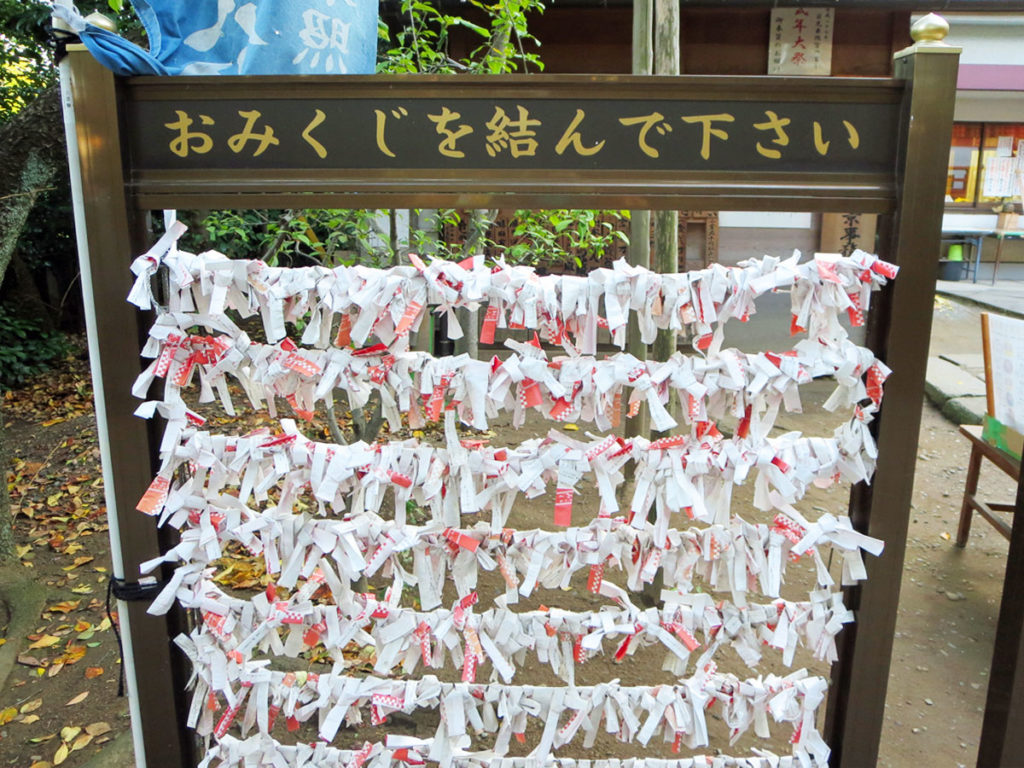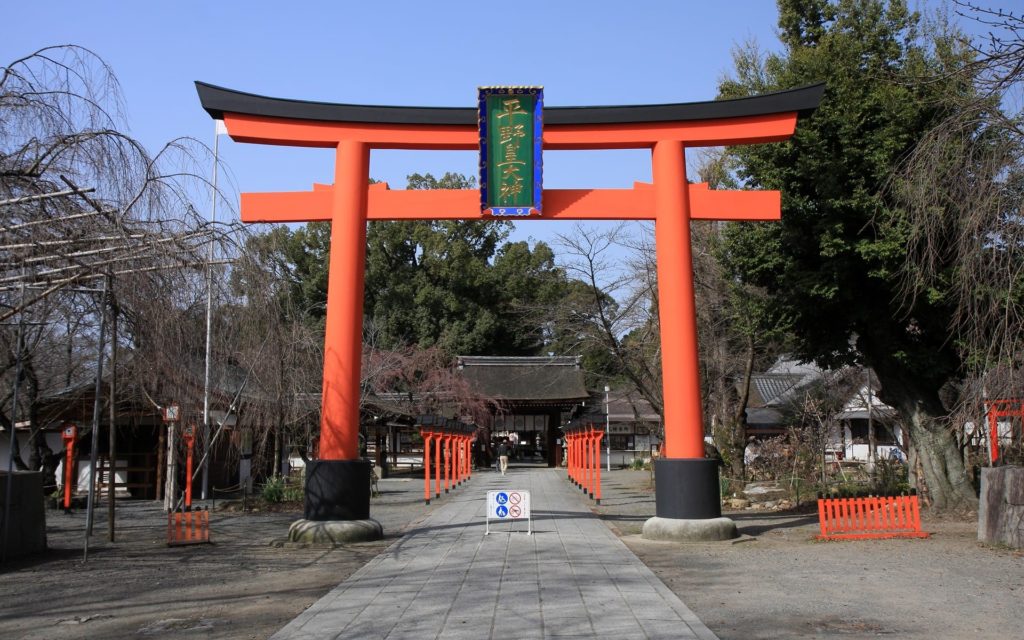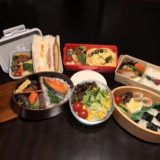What is shrine and how many of them are there in Japan?
A shrine is a general term for buildings and facilities to enshrine gods in the Shinto religion.
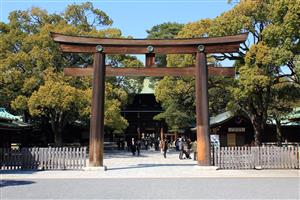
The inner side of the torii gate is the area of the shrine and is considered to be a sacred area. According to the Ministry of Education, Culture, Sports, Science and Technology, there are about 85000 shrines throughout Japan . It is said there are more than 100,000 shrines across Japan including tens of thousands of unregistered small shrines.
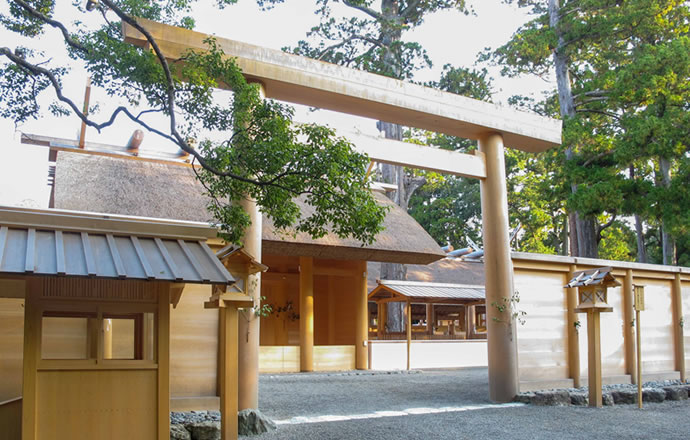
What is “Shinto”?
Shintoism can be said to have originated from Japanese people’s lives. Long ago, Japanese ancestors lived with nature through farming including rice cultivation and fishing. The power of nature gives a blessing to human beings, but it also fury. People felt the action of the gods in such a natural phenomenon. They also realized the preciousness of life, which continues uninterrupted in nature, and considered the vitality that produces everything as the work of gods. Then, natural objects such as clean mountains, rocks, trees and waterfalls were enshrined as deities. Eventually, a building was built at the place of the festival. A shrine was born in this way. Faith in the gods that arose in various parts of the Japanese archipelago began to take shape as the Yamato Dynasty unified Japan. Then, when Buddhism was introduced in the 6th century, this indigenous belief came to be expressed as Shinto against Buddhism. “Shinto” means the way to the God in Japanese.
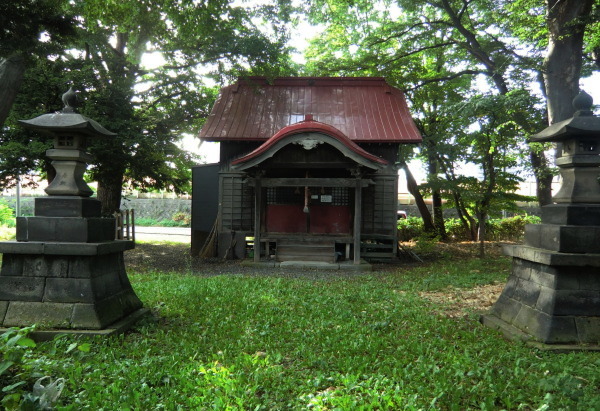
There is more than one God in Shinto. Shinto deities include natural objects such as the sea god, the mountain god, the wind god, the gods that govern natural phenomena, the gods that govern food, clothing, shelter, and livelihood, the gods that govern the development of the land, and so on, and it is said that there are 8 million gods because of their large number.
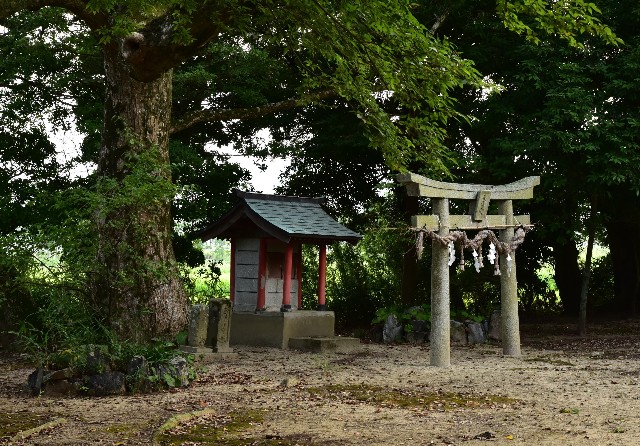
A festival is a form of Shinto faith. The festival reflects the image of Japan, which has mainly been engaged in rice cultivation, and is held regionally, praying for a good harvest in spring, for less damage from wind and rain in summer, and for appreciation of the harvest in autumn. On the day of the festival, in addition to Shinto rituals at the shrine, portable shrines and floats are brought out and crowded with many people. Shinto festivals are not limited to shrines. In the Imperial Household, the Emperor holds a festival to pray for the peace of the nation and people and world peace. Also, at home, we pray for the safety of the house and the safety of the family in front of the household Shinto altar. This is also a small festival.
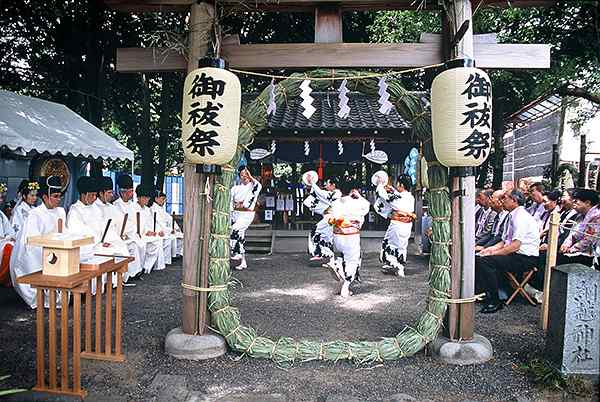
Everyday life and shrine
Shintoism is often said to be an ethnic religion of Japan and is deeply embedded in the lives of Japanese people. For example, Shinto events such as Hatsumode( Hatsumode is to visit a shrine in the New Year)., Yakuyoke, Hatsumiyamairi,753, weddings and Jichinsai can be seen everywhere in daily life.
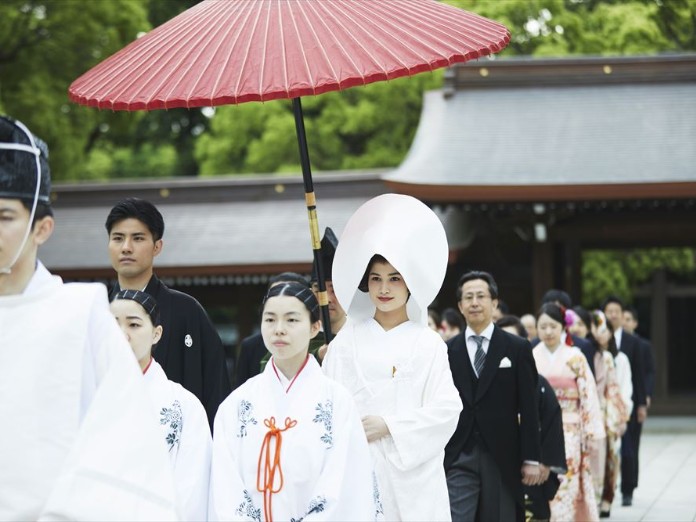
Hatsuomiyamairi is to go to the shrine to pray with new born baby for the first time and is the first important event after a baby is born.

Jichinsai has two meanings. First,when you buy land to build a house, you celebrate and appease the god who lives there obtaining permission to use land. And the second thing is to pray for the safety of future construction and the prosperity of the house. Therefore, Jichinsai is a ceremony performed before purchasing land and starting construction.
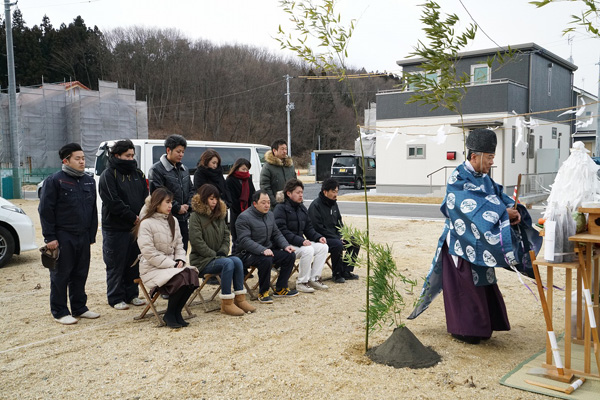
753 is an event to go to a shrine when a child turns 3, 5 or 7 years old to thank him/her for growing up and pray for his/her healthy growth.
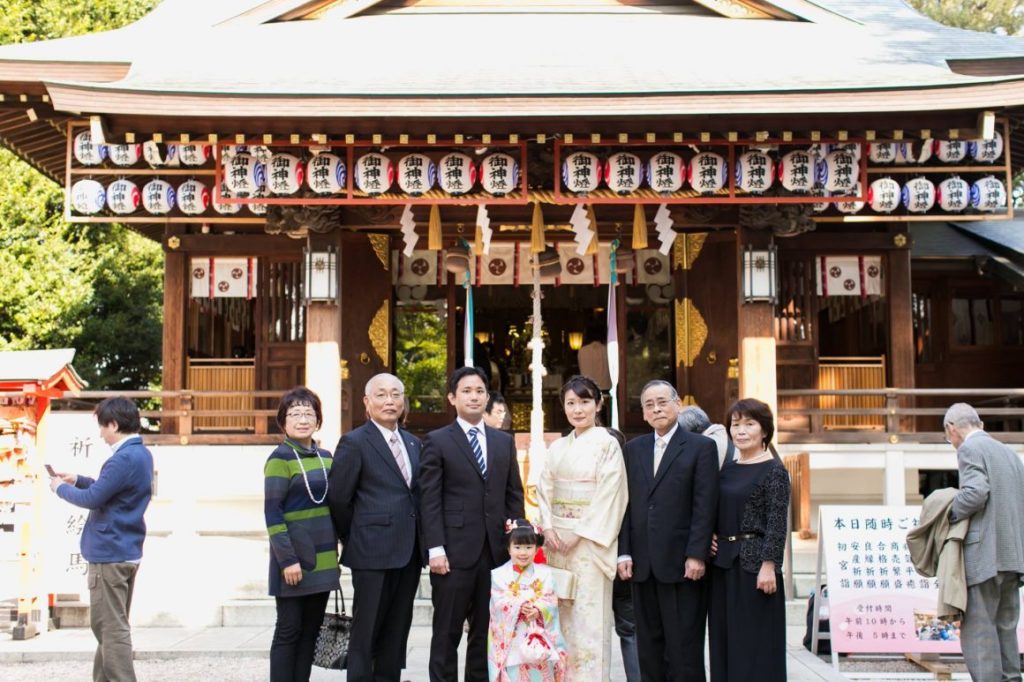
Before you pray
Shintoism is characterized by respect for purity as an environment where gods are enshrined. Shrines are always kept clean, and people who participate in festivals always purify their body and mind. It can be said that the philosophy and characteristics of Shinto deeply influence the way of life of Japanese people.
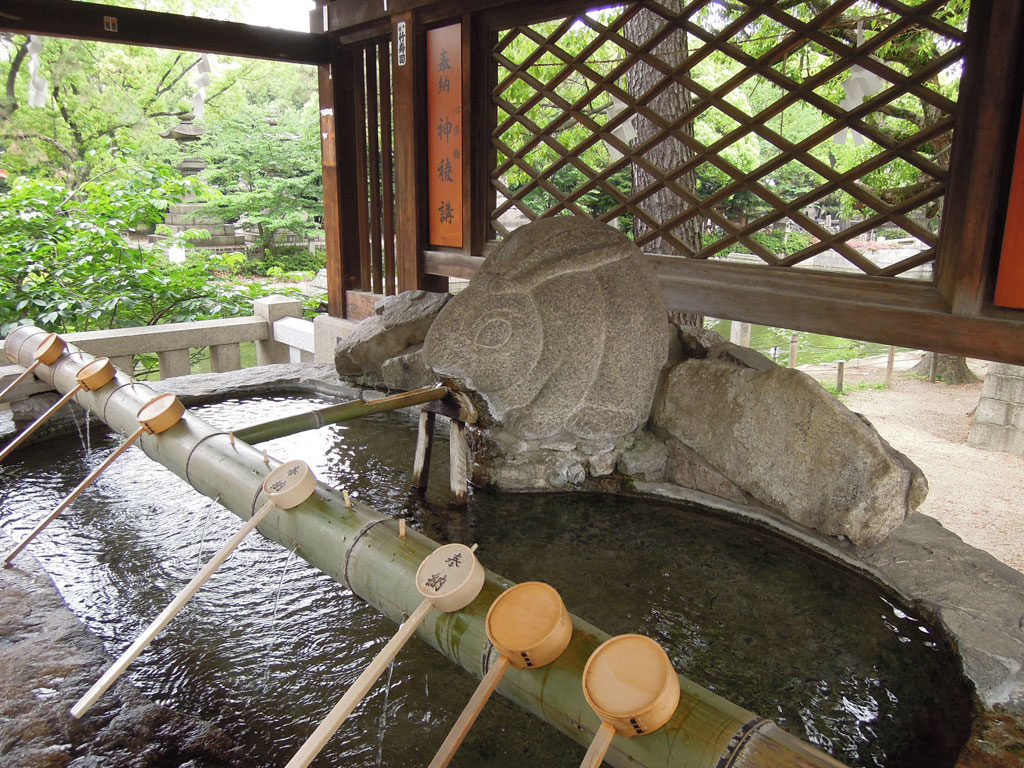
You will see the small fountain after going through the torii gate.This is what you should clean your hands and mouth.This is the way how to clean your hands and mouth before you go into the are of shrine.
*Take the ladle with your right hand.
*You draw water from the basin and wash it with your left hand.
*Move the ladle to your left hand, pump up the water and wash your right hand.
*Change the ladle to your right hand again and collect water in your left palm.
When you rinse my mouth, don’t put your mouth directly on the ladle. After you finish rinsing quietly, pour water again to your left hand.
“Omikuji” or fortune slip
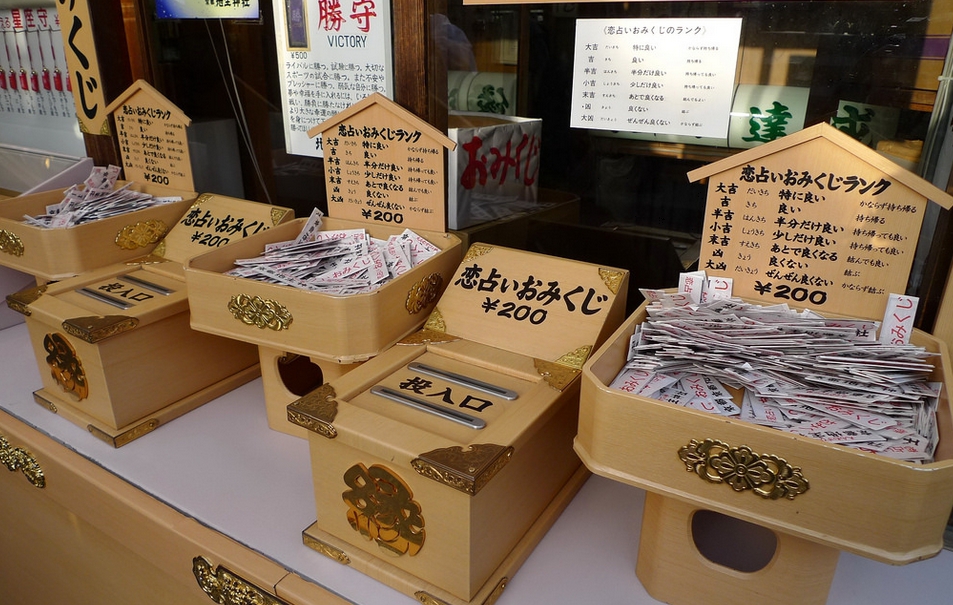
You can find a little shop beside the main building in the shrine. Why don’t you try to draw a fortune slip. If it’s “大吉”(Daikichi), you are so lucky!
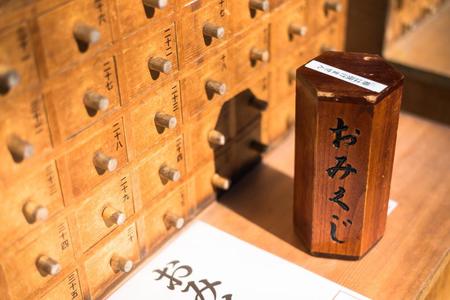
“Omikuji” is used to tell one’s fortune, whether good or bad fortune you have, but there are many kinds.The contents cover all aspects of life such as money luck, love affairs, lost items, travel, people waiting for you, and health. It’s fun to know how lucky you are! Judgment of good or bad luck is expressed like 大吉(daikichi),中吉(chukichi), 末吉( suekich),凶(kyo).
大吉(Daikichi ) very good luck
吉(Kichi) good luck
凶(kyo) bad luck
大凶(daikyo) extremely bad luck
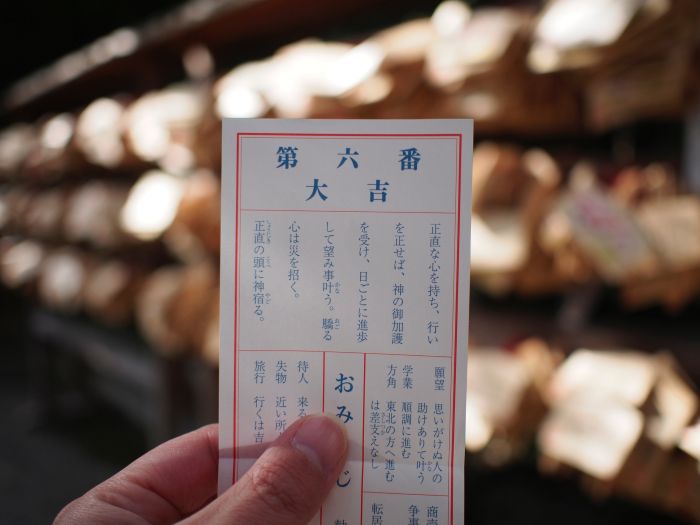
You can tie it there or of course you can take it with you.
